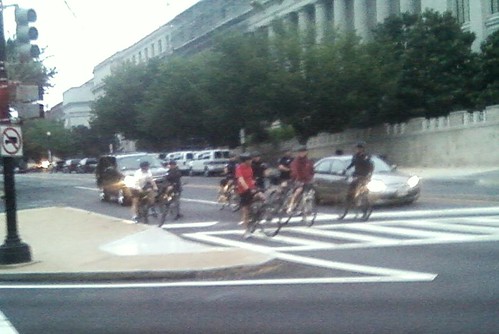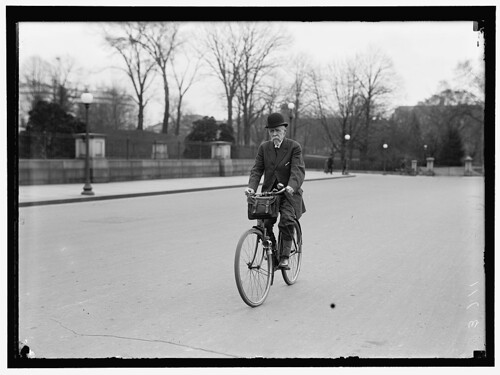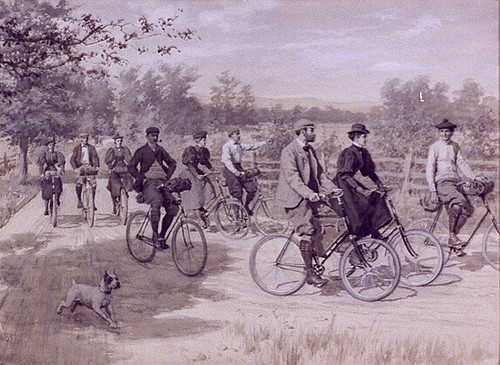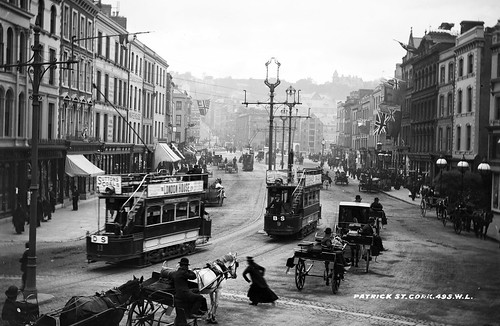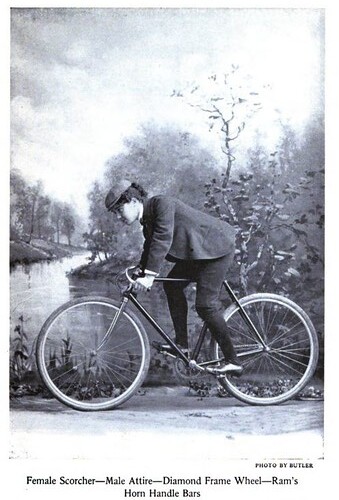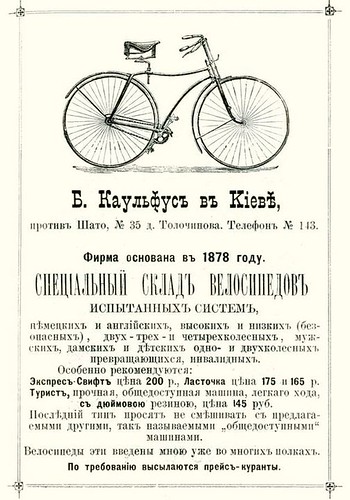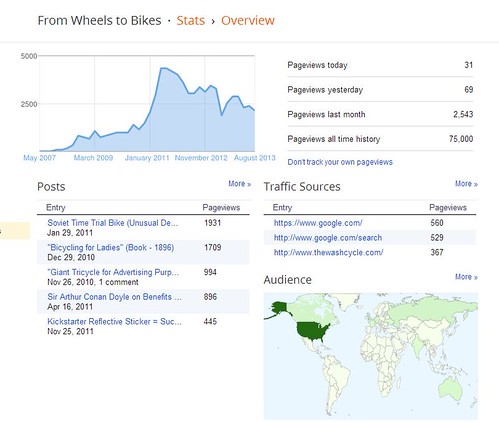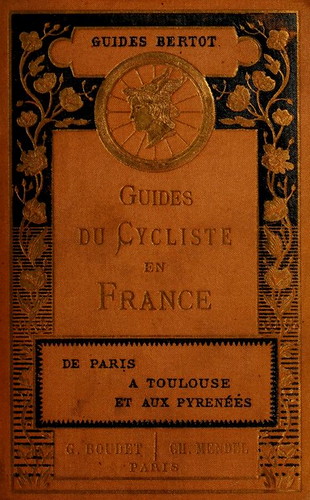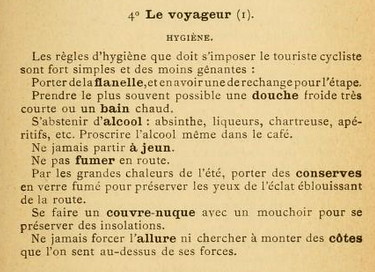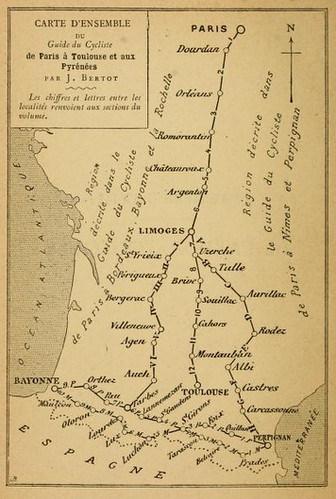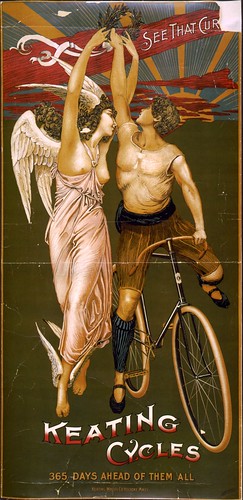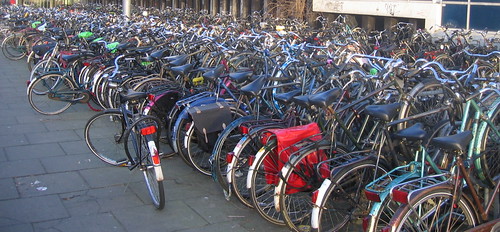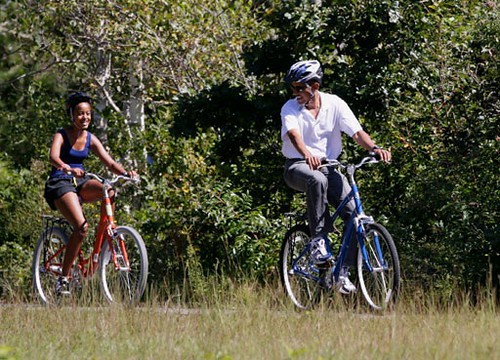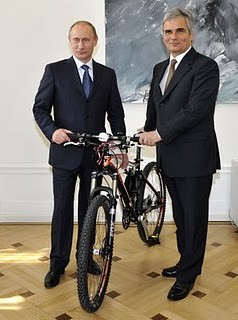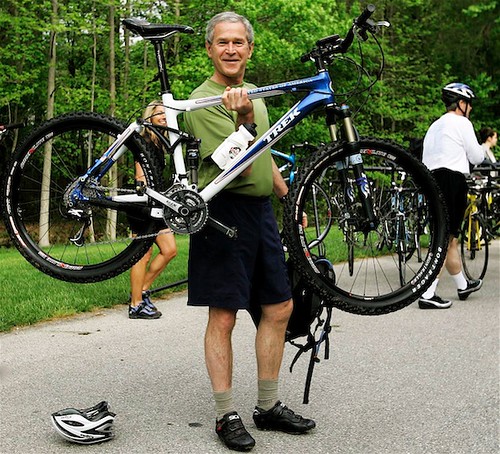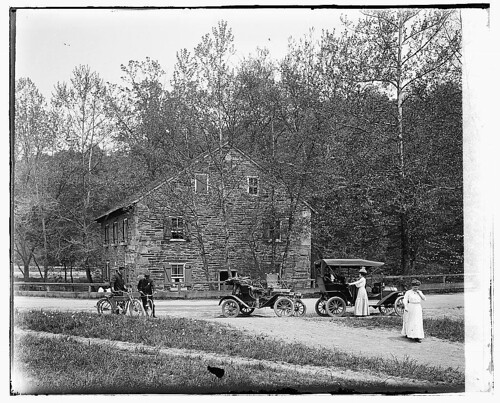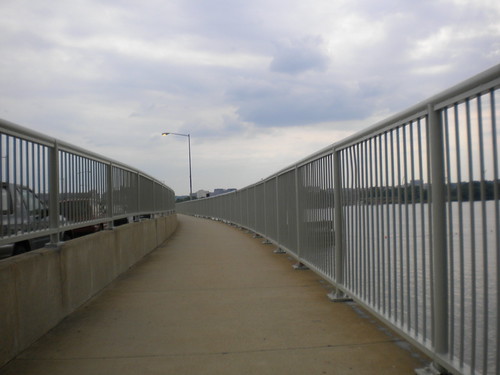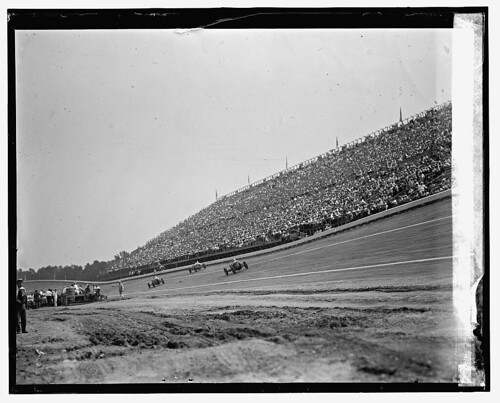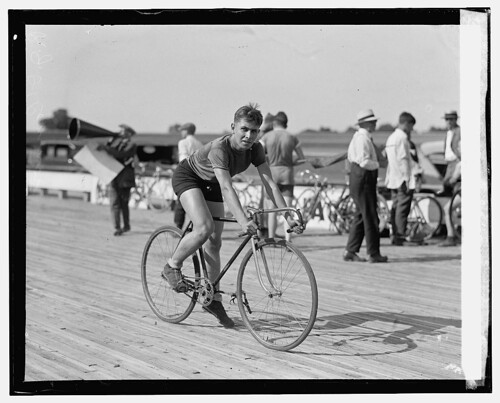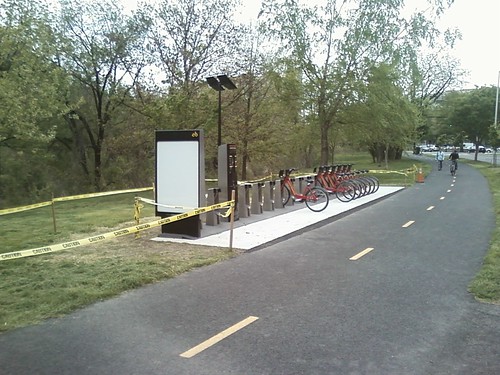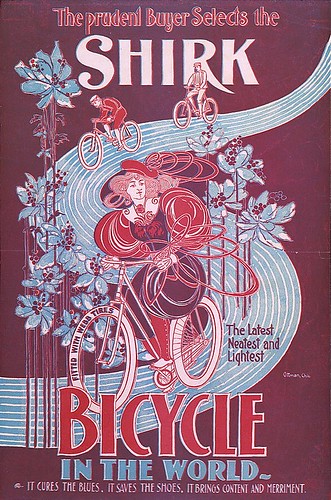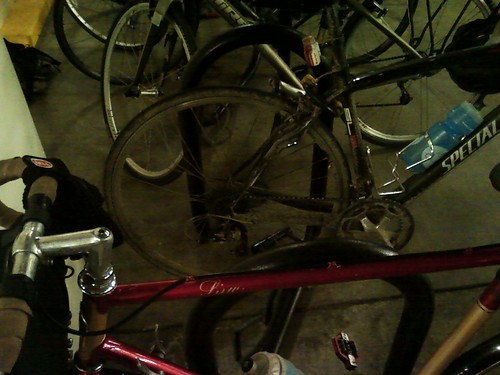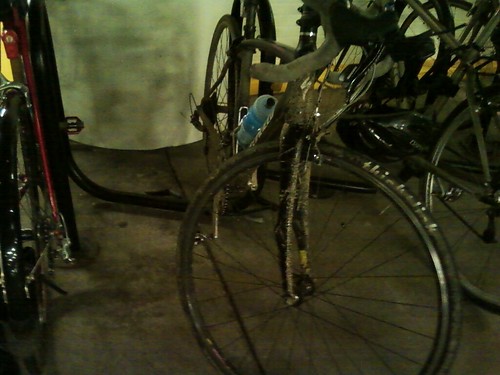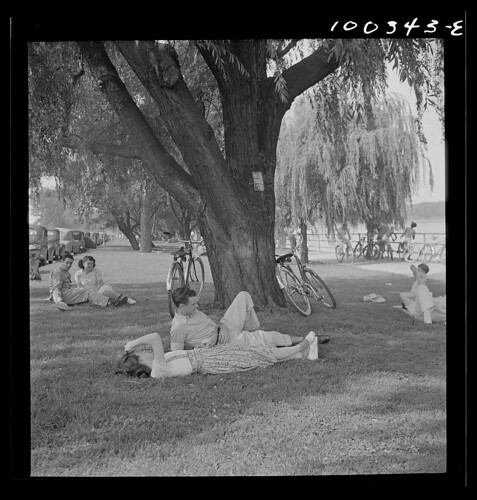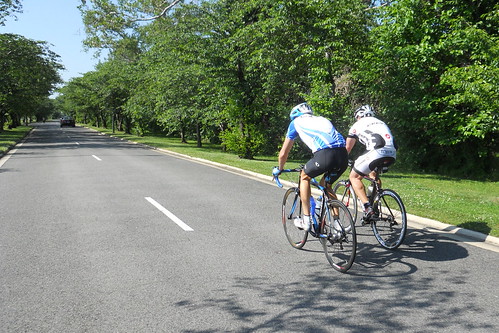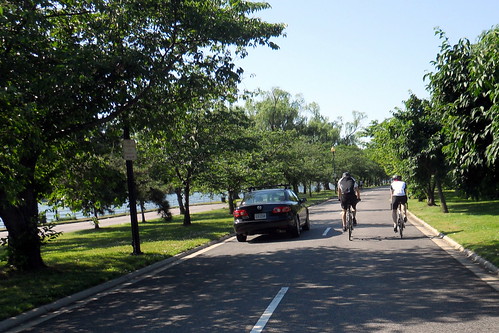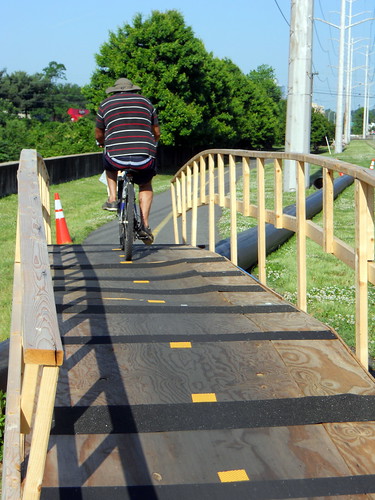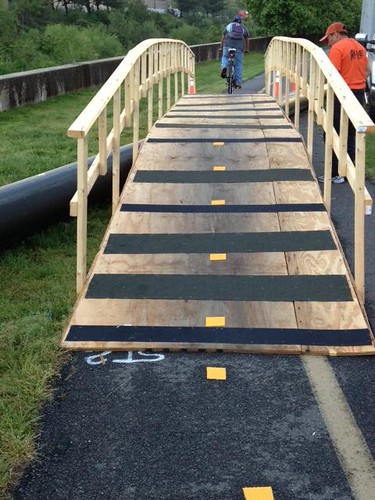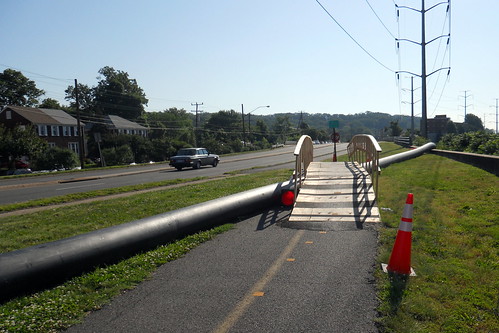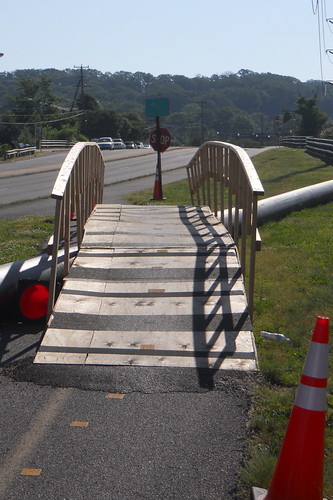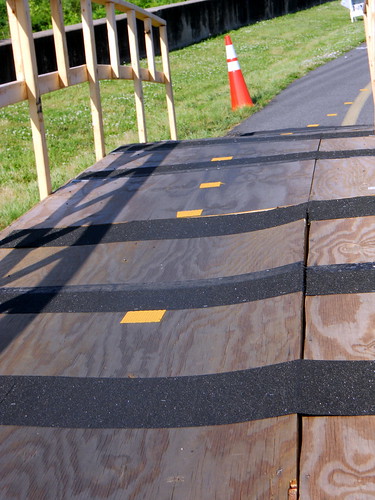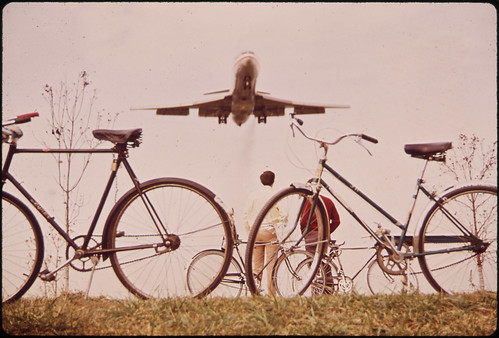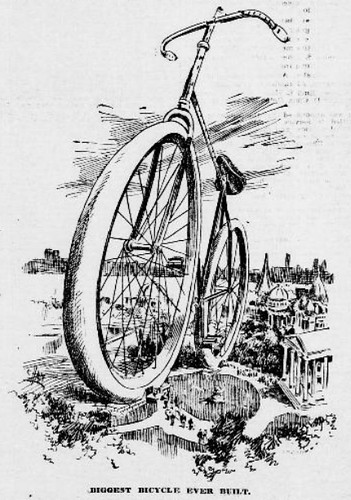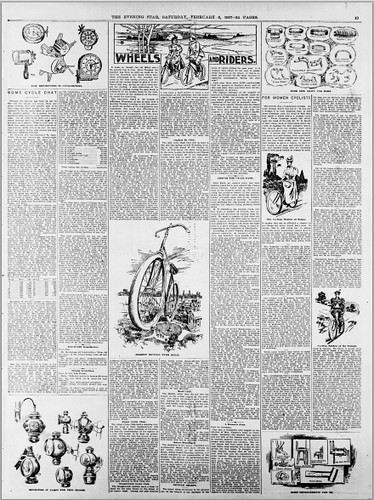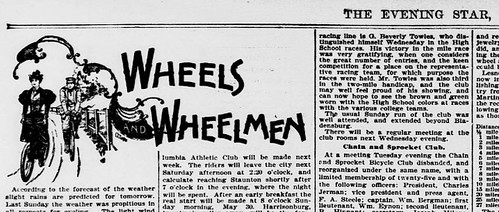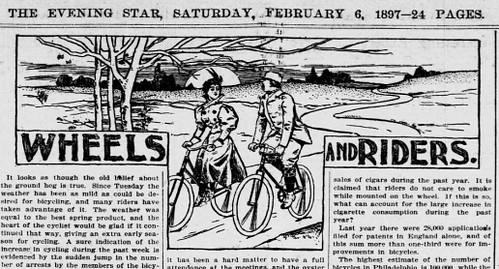The thing is copyrighted, so I can't reproduce it here. The Chicago Times has it here if you want to read it.
The main point of the writer is, "Bicyclists are supposed to abide by the vehicle codes, too, but they rarely do — and that includes not wearing protective gear." The writer then list some illegal acts of cyclists, such as texting while riding and failing to stop at stop signs. So what is her question to Abby? "How many lives must be destroyed or lost before the police start enforcing penalties for the danger these people cause to others?"
Abby doesn't offer a guess as the number. Of lives that will be lost. Or offer anything of use or related to reality. On this planet, anyway.
In the typical meme of contemporary journalism (of a sort) she suggests that perhaps the lack of enforcement is a conspiracy - that police are instructed to go out and fail to enforce traffic laws for cyclists. She asks for law enforcement officials reading the column to comment on that aspect.
I guess one should give Abby credit for possibly being concerned about the lives of the cyclists, since she seems to think many of them are suicidal for wearing dark clothing when riding and even riding after dark! Apparently typical state laws concerning bicycle lighting requirements are unknown to Abby. She more or less ignores the danger that the writer is referring to, which is to those others than the cyclists.
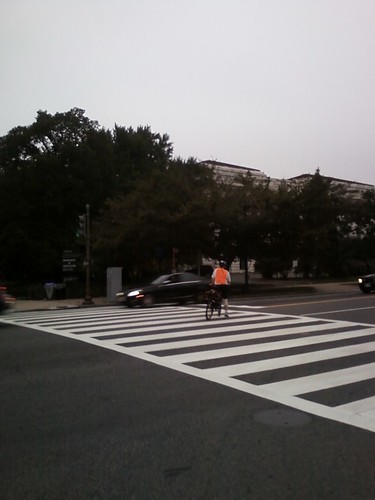
Due to a law non-enforcement conspiracy, this scofflaw cyclist is not being ticketed for crossing against the light - but it's OK with Dear Abby; he has protective gear and a high visibility vest on.
As cyclists who ride a lot know, often enough the way law enforcement works is to have goal-oriented projects, which can and do include, "go out and write X many tickets for cyclists at location Y." I myself got a $50 ticket on Hains Point for running a particular stop sign. (Which was fine - we don't have an Idaho bicycle stop law here.) The Park Police officer told me, "my boss told me to go out and write tickets for cyclists failing to stop at this stop sign so I can't give you a warning." He thanked me for not complaining but didn't stop writing the ticket.
So there is some good and some bad to Abby's response - she doesn't appear to buy into the "scofflaw cyclists are a huge threat to others" point that the writer makes (that's good) but then appears to open a new subject, which is that cyclists who get into accidents may well bring it upon themselves by not wearing the right color clothing (which is absurd). And she suggests that the police are under orders not to ticket cyclists (presumably out of some kind of political correctness?) which is hilarious.
Hmm.
